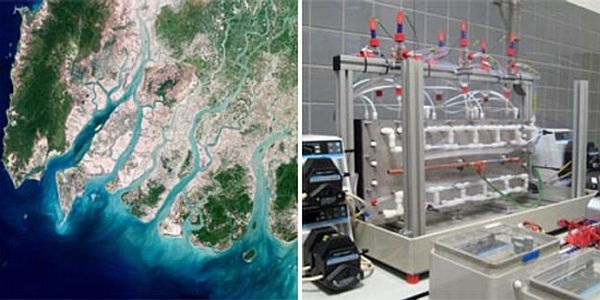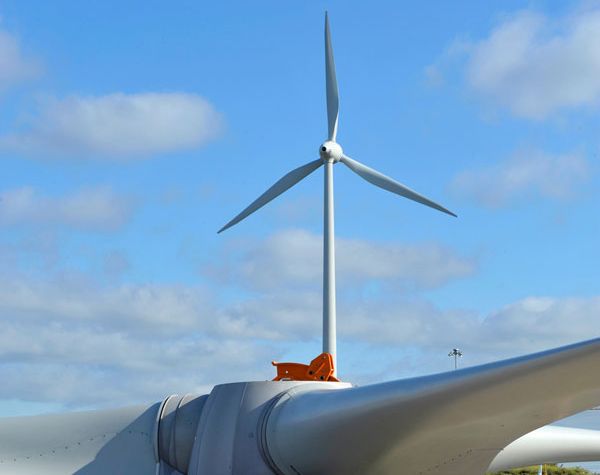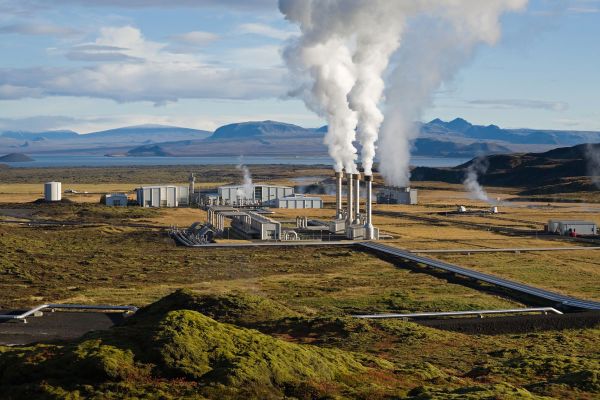Current trends in hydroelectricity
Hydroelectricity is a process of producing electricity by propelling huge generators using water energy kept in a large reservoir. It is one of the most popular ways to produce electricity across the world. Propelled by the forceful fall of water, the turbines produce mechanical energy, which is later converted into electrical energy.

Dams, are they really green?
For generating hydroelectricity, massive dams are to be manufactured. It is because water should fall on the turbines with huge pressure to get electricity produced. But it is a crucial question whether the dams are secured for nature. The answer is a big no; dams are quite dangerous for the environment, soil, wildlife, surrounding habitats and even human beings living downstream and upstream.
Apart from all environmental imbalances the dams impend, most dams in the world are not resistant of huge earthquakes. It means dams are kind of ‘water bombs’ over the lives of people living in the nearby locations. So, what is a better solution for power from water? Well, we all want electricity. But, dams built up for hydroelectricity are critical for the nature and human beings. So, here we introduce a new method for energy from water; it is osmotic power, read on to know more.
Osmotic power
Osmotic power is an advanced method to generate electricity from the energy existent in different slat-concentrations between freshwater in rivers and salty water in sea. An organic filter, a semipermeable membrane, is used for the osmotic process between the two different salt-concentrations. As the membrane allows small molecules pass through, water starts bringing down the salt-concentration on the side of the membrane, which involves more salt. The resultant pressure on the other side can be used to produce energy using generators and turbines. Two key methods are used to produce energy this way. They are reverse electro dialysis (RED) and pressure-retarded osmosis (PRO), which depend on osmosis with ion membranes. The waste product of the process is brackish water. The technology is being developed for commercial purpose in countries like Norway and the Netherlands.
Methods to generate clean energy:
Pressure-retarded osmosis (PRO)
It is one of the two methods to produce osmotic power. In this method, the water potential between salty water and fresh water equals to a pressure of 26 bars. It is corresponding to a column of water 270 m high; yet, the optimal operational pressure is just half of this, i.e. 11 to 15 bar. The PRO method of osmotic power generation is developed by Prof. Sidney Loeb at the Ben-Gurion University of the Negev, Israel.
Reversed electro dialysis (RED)
Under this method, osmotic power is produced through letting a salt solution and fresh water through a heap of alternating cathode and anode exchange membranes. Indeed, here the chemical potential difference between fresh and salt water generates the voltage required for the production of energy.
Some key projects
1. South Australia’s barren endorheic Lake Torrens and Lake Eyre Project
MIK Technology of Hutson, U.S.A has suggested a massive osmotic power plant in between barren endorheic Lake Torrens and Lake Eyre in South Australia. The project can increase the country’s power supply by 20 percent and it will boost renewable energy efforts across the world. For the project, seawater needs to be extended 70 kms to the project site from Spencer Gulf at Port Augusta. It requires four phases to finish the massive project, which can contribute to enormous amount of renewable power.
2. Statkraft Osmotic Power Plant, Norway
Statkraft Osmotic Power Plant, which situates in Tofte, Norway, is the world’s first osmotic power generation plant. The plant was constructed by Statkraft and is operated by SINTEF Energy Research. It was commissioned in November 2009 and it is designed to generate 10kW of electricity. Currently, it can produce 1,600TWh-1,700TWh a year, 13 times better than the energy produced in the country through hydroelectricity.
The low downs:
As mentioned above, the major waste product of the osmotic power is brackish water. The discharge of brackish in large quantities will bring salinity fluctuations in water. Extreme and sudden variations in salinity often have negative results for plants, fishes and other creatures in the surroundings. Another lowdown is that some constructions will be required in the adjacent areas to house the generators and other equipments for osmotic power.




